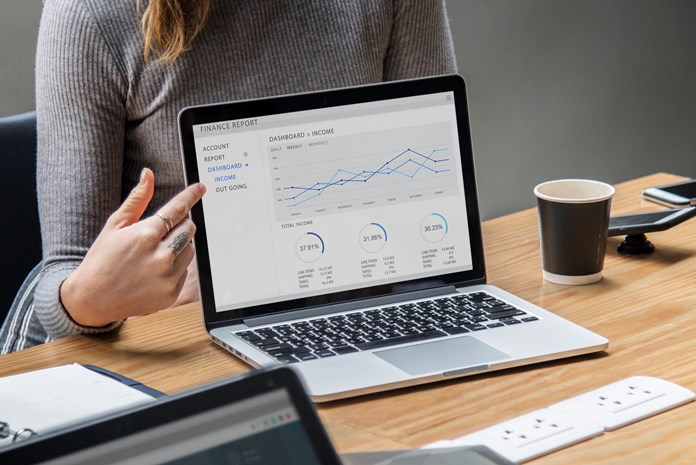Posted on 23 September by Simon Gomez in Pricing strategies
Promotional pricing is a pricing strategy where a company temporarily reduces the price of a product to achieve higher demand and make more sales. You already know what makes it unique from other pricing strategies. The next step is figuring a way to apply it in your company. You need to answer these three questions: why, how, and when.
The first thing you need to answer is why you want to implement a promotional pricing strategy. Establish which is your objective or objectives. On top of that, they have to be crystal clear.
The second (how) part is where you explain how you are going to implement the strategy. The budget you are working with and how you are going to implement it are questions answered here.
The last one refers to the timing. In other words, how long will the promotion last, and at which time of year will it be implemented?
These are some of the promotional pricing strategies that you can implement in your store.
1- Flash sales
Flash sales are when a store offers discounts on many of its products for a short time. Many stores like Amazon (Prime Day), Walmart (Big Save), and Target (Deal Days) have this type of sales. All these stores offer many deals in every category.
The majority of these deals are not offered many times during the year, so the discounts are exclusive to those special days. Considering these discounts are up for a short time to generate more income and increase sales, this is an example of promotional pricing.
2- Seasonal sales
Seasonal sales are similar to flash sales, but they are focused on moving on things in your inventory on a specific date. The most commons seasonal sales are back-to-school, summer sales, and winter sales. The items you offer need to have some connection with the sale. For instance, you cannot lower the price on a hammer on back-to-school sales because they do not correlate with each other. Customers will notice this and will not fall for this.
A good example of seasonal sales is selling near summertime swimsuits and objects related to summer. And for winter, selling jackets or scarves before winter. Likewise, you can use these periods to sell stuff related to that season, that you have low stock on it, old collections, and you want to move on.
3- Buy one, get one free
This one is one of the most common promotional strategies. It is used frequently in restaurants, supermarkets, and clothing stores. With this strategy, you are offering a free product or service to encourage the purchase of another one, and you will be selling a lot. Here is where you need to be careful. Since you are giving for free another product, you have to choose wisely the product that can give you profits at a lower price but in higher volumes.
Although the buy one, get one-half price is a second variation, it does not work like the first one. That happens because customers know that the product with the lowest price will have the discount implemented. Therefore, the recommendation is to use the buy one, get one free.
4- Loyalty programs
These are reward programs where you offer your discounted products and deals to customers for buying repeatedly. Customers will gain points from any purchase they make. The more purchases they make, the more points they obtain, and that means better benefits. Examples of loyalty programs are the frequent flier miles system or a barbershop giving you a free haircut after a certain number of visits in a fixed period.
The dynamic pricing (DRS) software module by PriceTweakers has more than 30 different price rules, making it possible for every webshop to make the right price strategy and implement it automatically in your CMS. That saves you and the company a lot of time. Are you interested in the best pricing software in the market to increase your sales and margins? Contact PriceTweakers.
Share this page





